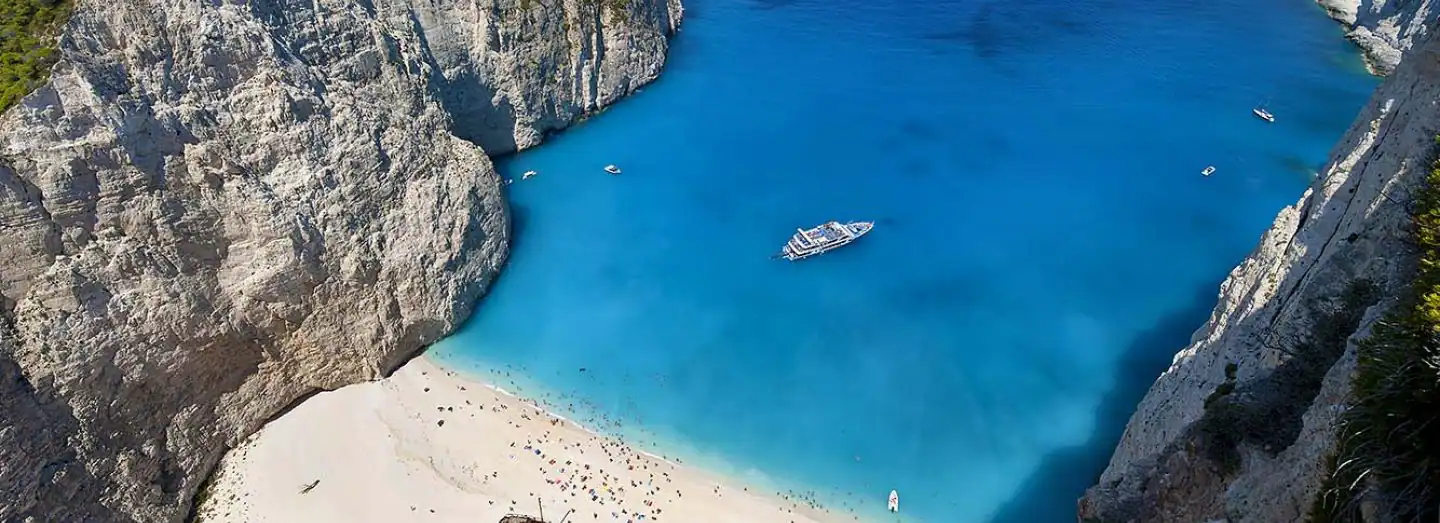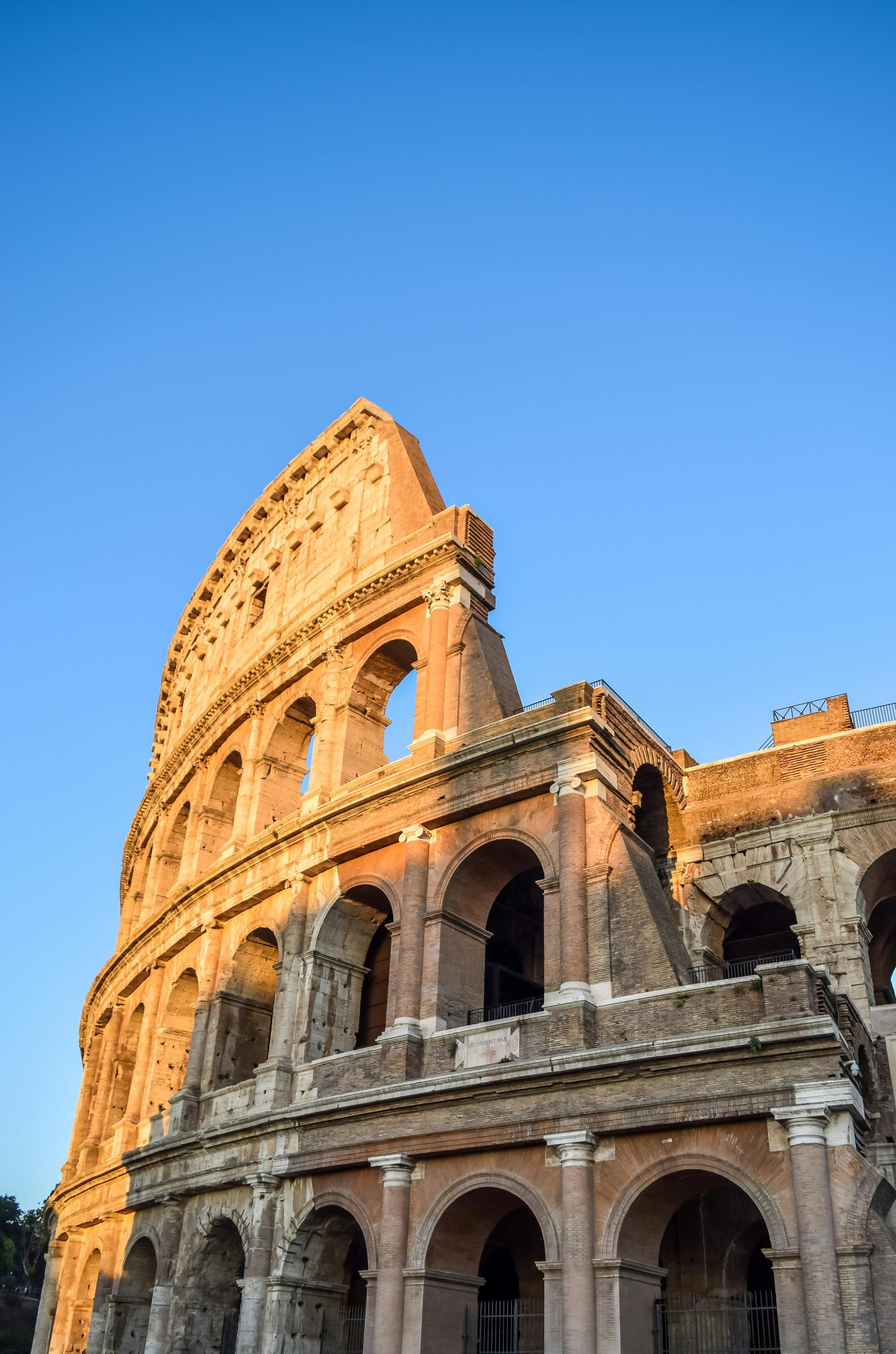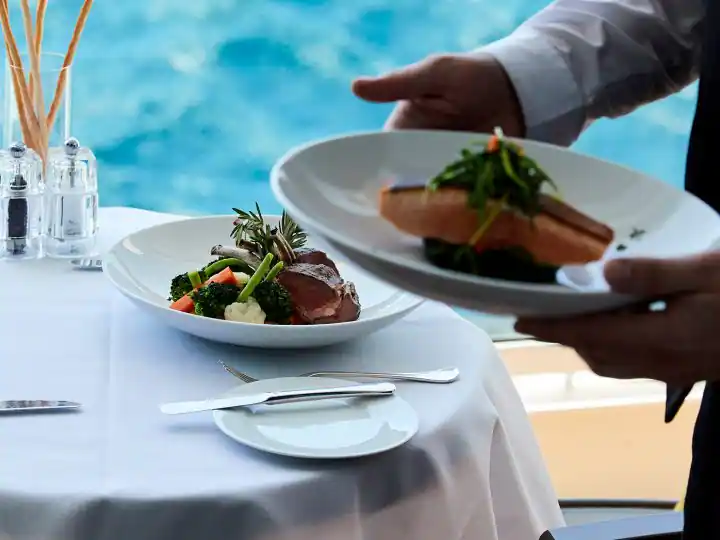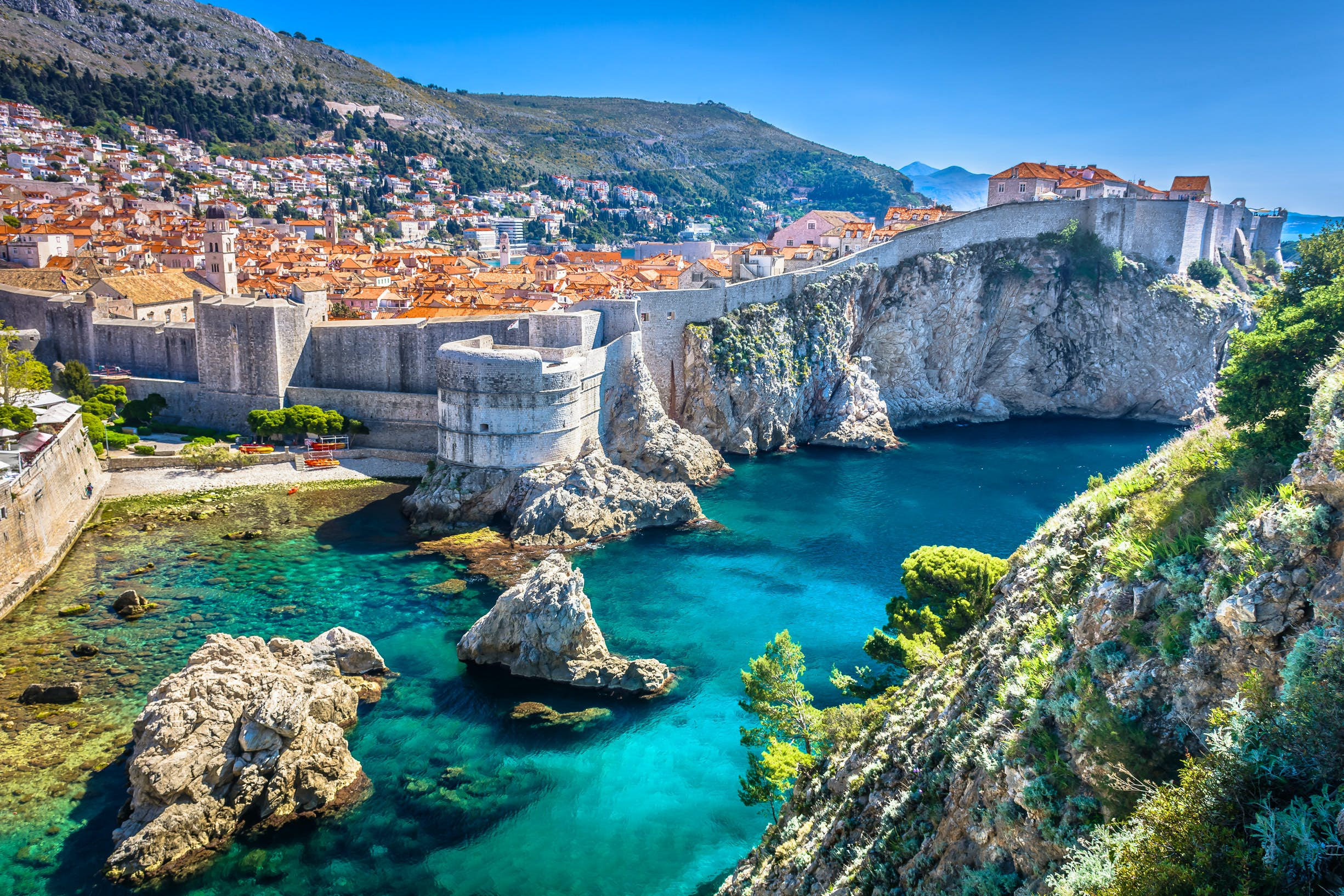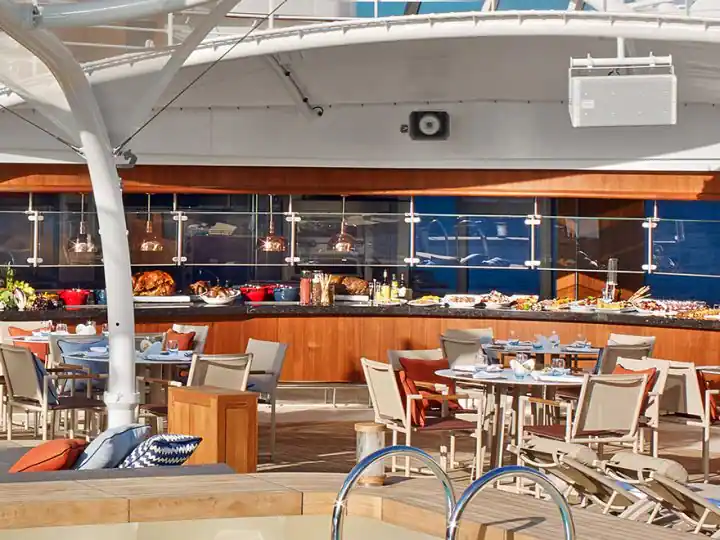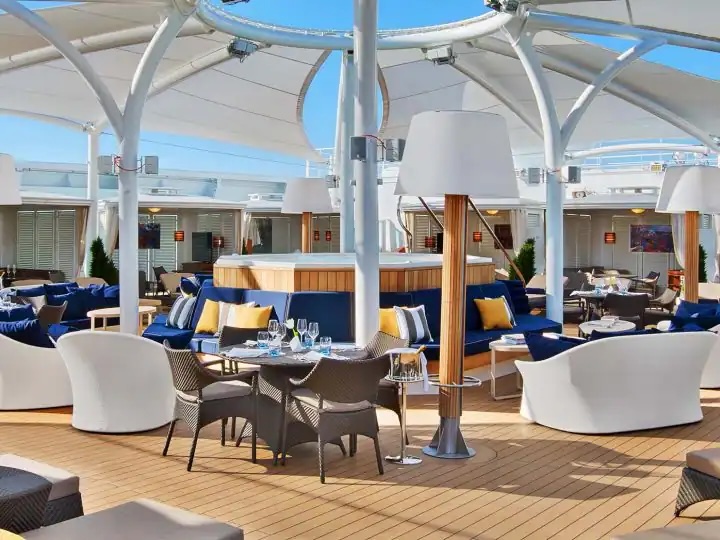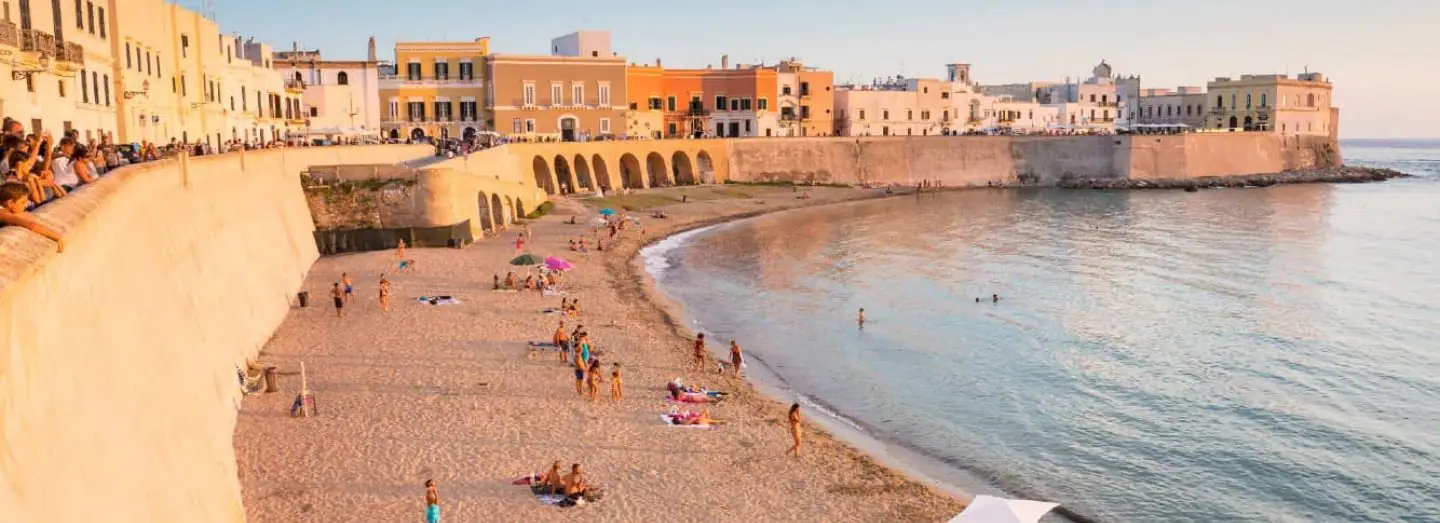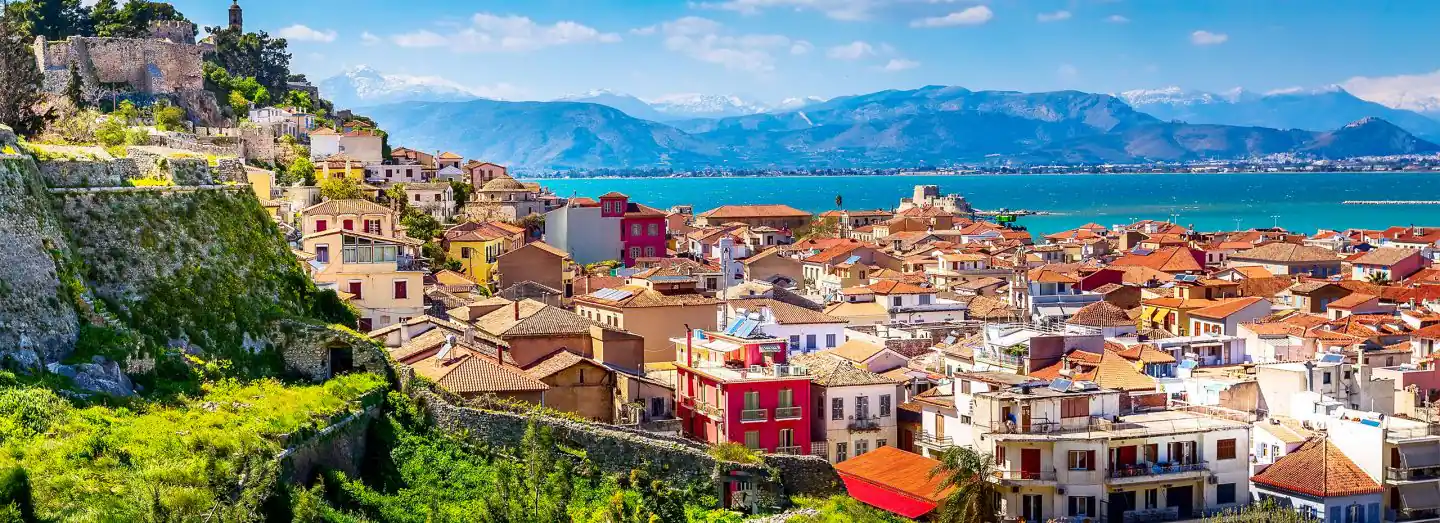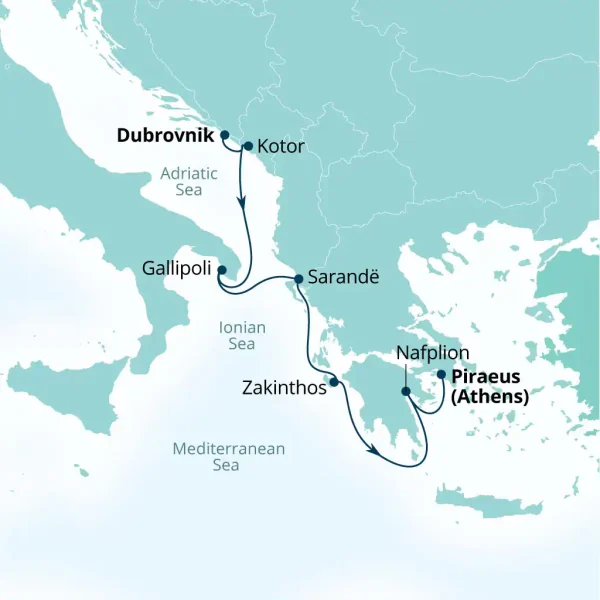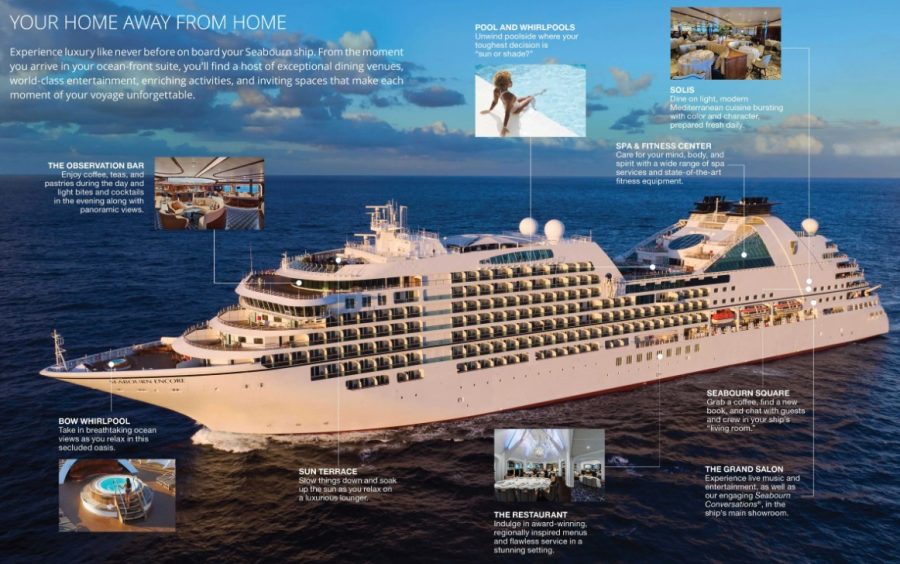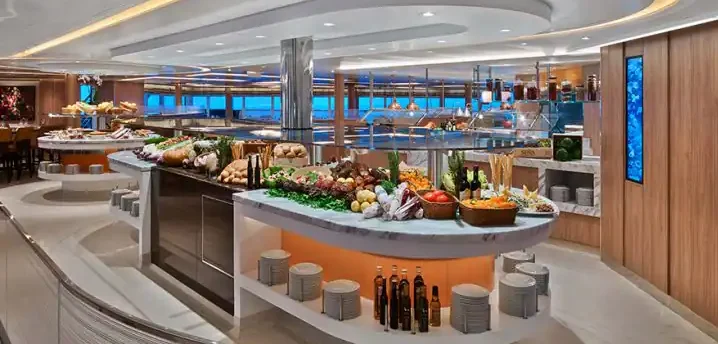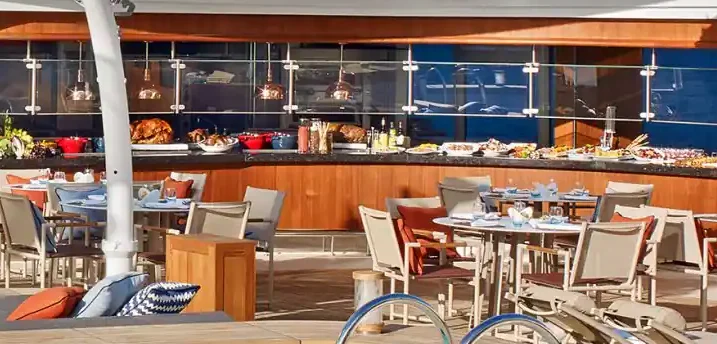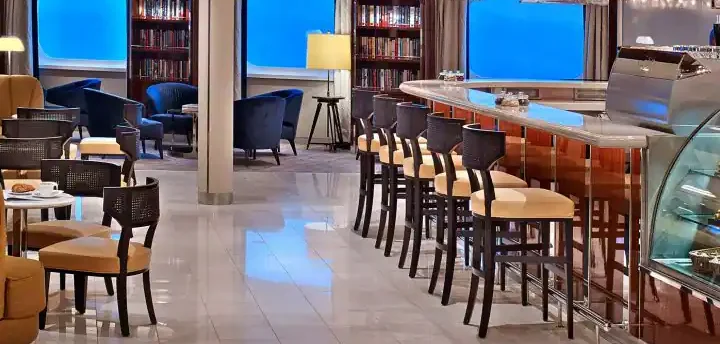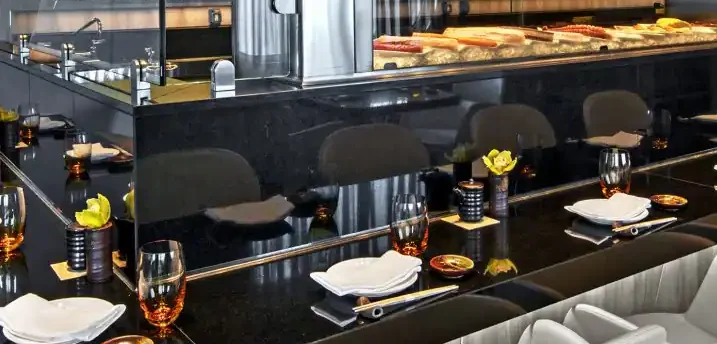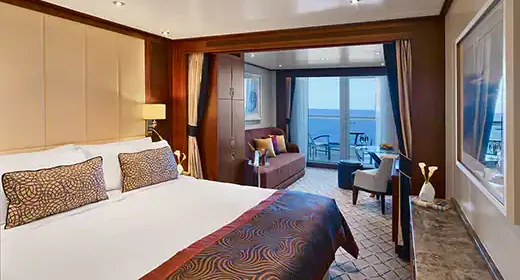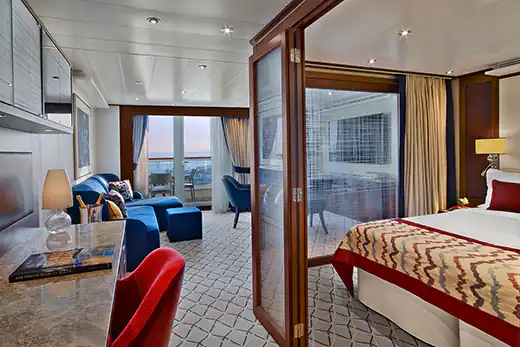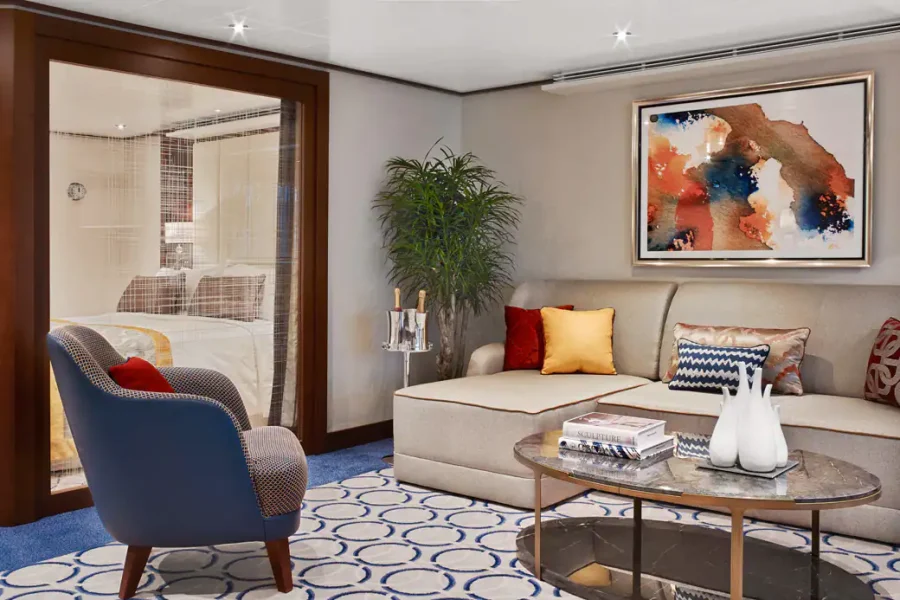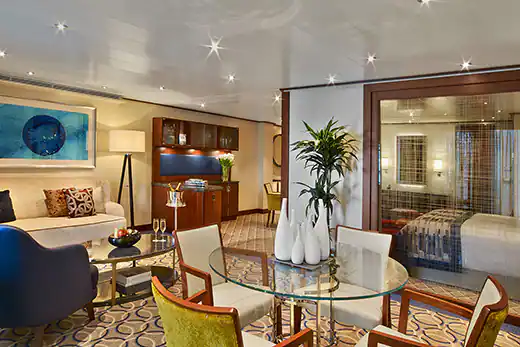2 NIGHTS PRE CRUISE ACCOMMODATION IN DUBROVNIK
DAY 1 – DUBROVNIK, CROATIA
Founded in the 7th century, Dubrovnik rose to greatness as a merchant state, independent republic and cultural crossroads. The traffic-free Old Town has been called a Croatian Athens. This UNESCO designated World Heritage Site is a living museum of the ages with fortifications, chapels, monastic cloisters and Europe’s second-oldest synagogue crowded into its ancient walls. Relax at a sidewalk café, listen to the chimes of the 14th-century bell tower or join the promenade down the palace-lined avenue known as the Stradun.
DAY 2 – KOTOR, MONTENEGRO
Kotor is a town of medieval architecture and historic monuments, influenced by its time under the rule of the Republic of Venice between 1420 and 1797. Set to a backdrop of majestic mountains, the scenery is second to none, so be sure to keep your camera handy. The Gulf of Kotor is sometimes called the southernmost fjord in Europe, although it is actually a submerged river canyon. The overhanging limestone cliffs of Orjen and Lovćen complete one of the Mediterranean’s most beautiful landscapes. It’s a UNESCO World Heritage Site, and one of the best preserved medieval towns in the Adriatic. Take a stroll through the old town and you’ll find many cathedrals, churches and Venetian palaces to explore. St. Tryphon’s Cathedral, Church of St. Nicolas, Church of Our Lady of Remedy and Kotor Maritime Museum are a few to get you started. Visit Our Lady of the Rocks or, take a 15-minute drive to Perast, a picturesque village at the edge of the bay, which is one of the most romantic places in Montenegro and affords a stunning view over the twin islets.
DAY 3 – GALLIPOLI, ITALY
Along the southwestern side of Italy’s boot heel lies one of the prettiest baroque towns in the entire Puglia region. A 13th-century Byzantine fortress dominates Gallipoli’s compact historic center, set on a small island off the mainland surrounded by defensive walls and a superb beach. Admire the whitewashed buildings and elegant palazzi while wandering the town’s labyrinth of narrow alleyways, all of which lead to a wide, seafront promenade where you can watch the colorful fishing boats while sipping a limoncello. Must-sees include the Antica Fontana, an ornate Greek fountain dating from the 3rd century BC; and the imposing Cathedral of Sant’Agata, its elaborate façade decorated with marble statues and a finely carved, 32-panel wooden door depicting scenes from the life of the basilica’s eponymous saint. Below Palazzo Granafei lies the ancient Hypogeum Oil Mill, one of dozens of vast cellar-mills that once produced olive oil underground. A few miles inland lies the ancient town of Alezio, famous for its namesake wine produced from the heritage Negroamaro grape.
DAY 4 – SARANDE, ALBANIA
This important port on Southern Albania curls around a superb natural harbor, dominated by the hilltop 16th century Lekuresi Castle with distinctive round towers. In the town center are the ruins of a 5th century synagogue, later a Christian basilica, with remnant mosaic floors. Another picturesque ruin is the Forty Saints Monastery from the 6th century, which is thought to have been an important pilgrimage site. But the main attraction in southern Albania is the archaeological site of Butrint, a UNESCO World Heritage Site with extensive ruins of communities dating from prehistory, though the Greek and Roman eras, as well as the Byzantine period, until the medieval period.
DAY 5 – ZAKINTHOS, GREECE
The third largest of the Ionian Isles, Zakinthos is most famous for its isolated “Shipwreck Beach,” accessible only by boat. The shining white pebble beach ignites the turquoise color of the sea, as it does in the numerous small caves around Cape Skinari, again only seen from a small boat. Between Skinari and the mountain village of Keri are fantastic rock arches and other bizarre formations. The town is curved around a large harbor, and guarded by an old Venetian castle with panoramic views of the town and harbor.
DAY 6 – AT SEA
DAY 7 – NAFPLION, GREECE
Held to be one of the loveliest small towns in all the islands, Nafplion has a tradition and culture all its own. The sheltered location, below a rocky headland crowned by a Venetian fortress is perhaps unrivaled in Greece. After the Greek revolution of the early 19th century, Nafplion served as the first modern capital. The neoclassical houses, large official buildings and carefully planned seafront streets all date from this period.
DAY 8 – PIRAEUS (ATHENS), GREECE
Piraeus has been the port for Athens since 482 BC. The busy harbor is filled with ferries and cruise ships making their way to the Greek Islands and other Mediterranean cities. The busy metropolis of Athens and its treasure trove of antiquities lie just a few miles from the port. Even as the reality of the modern city took hold, with its high-rise apartments, crowded sidewalks and bustling traffic, the beauty of the Acropolis, the outstanding museums, charming cafés, sidewalk markets and startling views come together in a cultural mosaic for all to enjoy.
2 NIGHTS POST CRUISE ACCOMMODATION IN ATHENS

